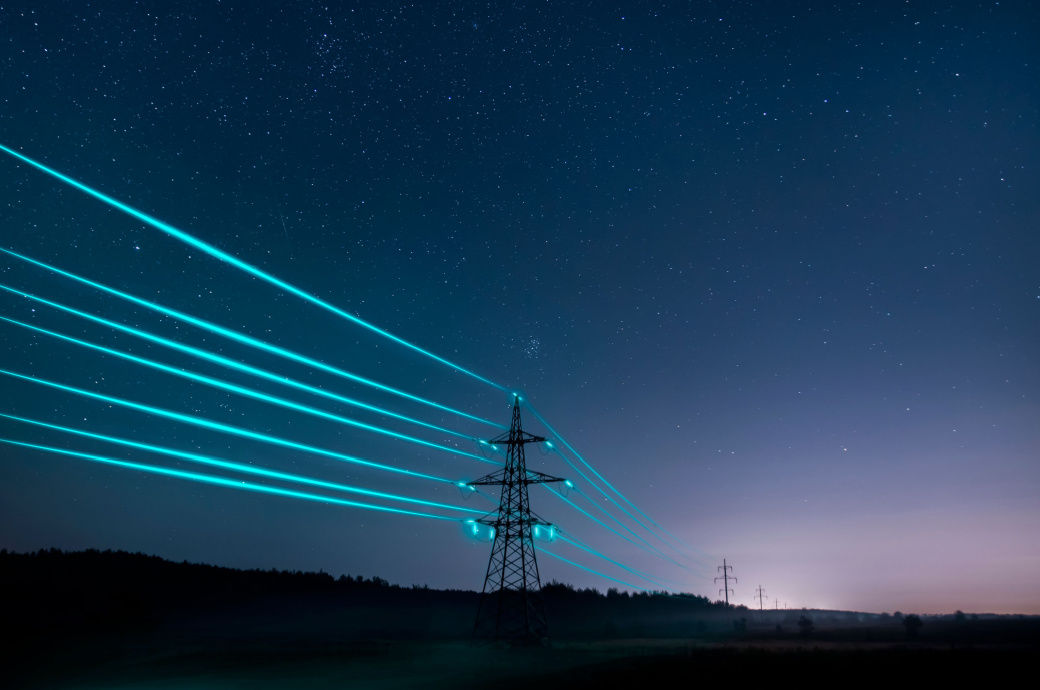
To ease the increased pressure this puts on European households and businesses, the Commission is now taking a next step in tackling this issue by proposing exceptional electricity demand reduction measures, which will help reduce the cost of electricity for consumers, and measures to redistribute the energy sector's surplus revenues to final customers.
This follows on from previously agreed measures on filling gas storage and reducing gas demand to prepare for the upcoming winter.
The Commission is also continuing its work to improve liquidity for market operators, bring down the price of gas, and reform the electricity market design for the longer term, it said in a press release.
The first response to tackle high prices is to reduce demand. This can impact electricity prices and achieve an overall calming effect on the market.
To target the most expensive hours of electricity consumption, when gas-fired power generation has a significant impact on the price, the Commission proposes an obligation to reduce electricity consumption by at least 5 per cent during selected peak price hours.
Member states will be required to identify the 10 per cent of hours with the highest expected price and reduce demand during those peak hours.
The Commission also proposes that member states aim to reduce overall electricity demand by at least 10 per cent until 31 March, 2023. They can choose the appropriate measures to achieve this demand reduction, which may include financial compensation.
Reducing demand at peak times would lead to a reduction of gas consumption by 1.2 billion cubic metres (bcm) over the winter, the release said.
The Commission has proposed a temporary revenue cap on ‘inframarginal' electricity producers, namely technologies with lower costs, such as renewables, nuclear and lignite, which are providing electricity to the grid at a cost below the price level set by the more expensive ‘marginal' producers.
These inframarginal producers have been making exceptional revenues, with relatively stable operational costs, as expensive gas power plants have driven up the wholesale electricity price they receive.
The Commission has proposed to set the inframarginal revenue cap at €180/MWh. This will allow producers to cover their investment and operating costs without impairing investment in new capacities in line with our 2030 and 2050 energy and climate goals.
Revenues above the cap will be collected by Member State governments and used to help energy consumers reduce their bills.
The Commission said it encourages member states to trade electricity in a spirit of solidarity. It has proposed temporary solidarity contribution on excess profits generated from activities in the oil, gas, coal and refinery sectors that are not covered by the inframarginal revenue cap.
This time-limited contribution would maintain investment incentives for the green transition. It would be collected by member states on 2022 profits that are above a 20 per cent increase on the average profits of the previous three years.
The Commission has also proposed expansion of the Energy Prices Toolbox available to help consumers. The proposals would allow below cost regulated electricity prices for the first time, and expand regulated prices to also cover small and medium-sized enterprises.
Fibre2Fashion News Desk (DS)